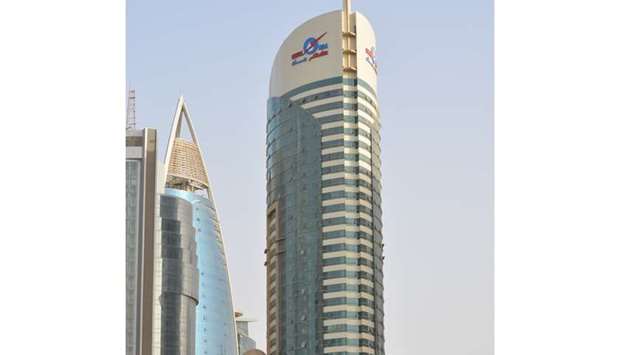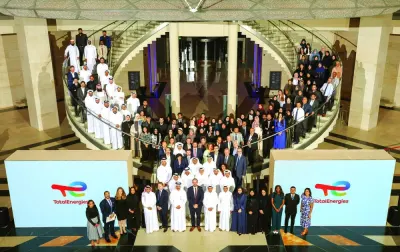Tarsheed or the National Programme for Conservation and Energy Efficiency is estimated to have produced around QR5bn in savings, in addition to improving Qatar’s sustainability credentials and easing pressure on its “lucrative” natural gas and scarce water resources, a new report has shown.
Launched by Kahramaa’s Conservation and Energy Efficiency Department, Tarsheed was designed as a “public-facing campaign” to transform Qatar into a “regional leader in the reduction of electricity and water consumption” by encouraging conservation and reduction practices among citizens and businesses, according to Oxford Business Group (OBG).
Acknowledging that (as of 2011) Qatar had one of the world’s highest per capita electricity and water consumption rates, Tarsheed stated its bottom-line objectives as bringing down per capita electricity consumption by 20% and per capita water consumption by 35% in its first five years.
“While Tarsheed did not quite manage to reach the high targets it set, it did make a considerable impact: by the end of 2017 the programme had succeeded in reducing per capita consumption of electricity by 18% and water by 20%, as well as curbing overall carbon emissions by 14m tonnes and saving some 265bn cu feet of natural gas,” OBG said in its ‘The Report: Qatar 2020’.
“Qatar’s high energy consumption is intrinsically linked to its economic and climatic features,” OBG noted.
According to the latest World Bank data, Qatar has one of the world’s highest rates of GDP per capita, a figure that tends to broadly correlate with per capita energy consumption. Qatar’s consistently hot temperatures have made air conditioning an integral part of daily life and ensured high energy consumption rates; a 2018 study published by Hamad Bin Khalifa University indicated that annual demand for cooling constituted around 36% of total electricity consumption.
Water consumption is also a particularly urgent topic in Qatar, given its lack of naturally occurring fresh water resources and annual average rainfall of 130mm. As a result, 99% of potable water in Qatar comes from desalination, and the government is aware that use of the technology comes at an environmental cost, producing brine and raising air pollution levels, OBG said.
Under the second phase of Tarsheed, which spans from 2018 to 2022, the programme is aiming to decrease per capita electricity consumption by a further 6% and water consumption by a further 10%, as well as provide technical support to the country’s renewable energy drive. It hopes to encourage private government entities to install and develop generation capacity using renewable energy sources, particularly solar power, through the introduction of net-metering and blockchain projects.
Tarsheed plays a key role in the national Environmental Sustainability Strategy 2018-22, which the government describes as “one of the most important pillars of Qatar Second National Development Strategy 2018-22 (NDS-2)”. NDS-2 emphasises the urgency of changing practices around water and electricity, noting that “unsustainable consumption of water is high” and stressing that rather than focusing on increasing supply, it is “essential to focus on the demand side and its determinants, including water utilisation efficiency, proper management, use of techniques in homes and hotels, and installation of smart meters”.
Promoting electric car infrastructure is another tenet of Tarsheed’s current phase, with the programme aiming to have electric cars make up 10% of all cars sold and account for 3-5% of the country’s total number of cars by 2022.
A key aspect of promoting electric car use is its plan to expand the network of charging stations for electric cars, OBG noted in its latest report.




